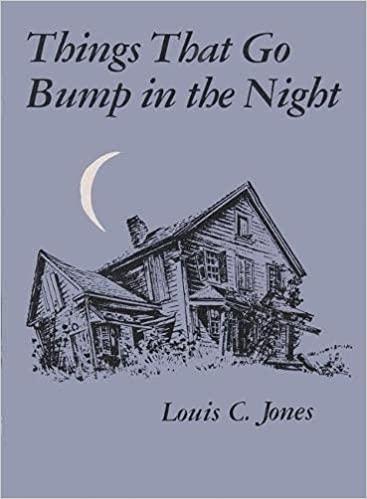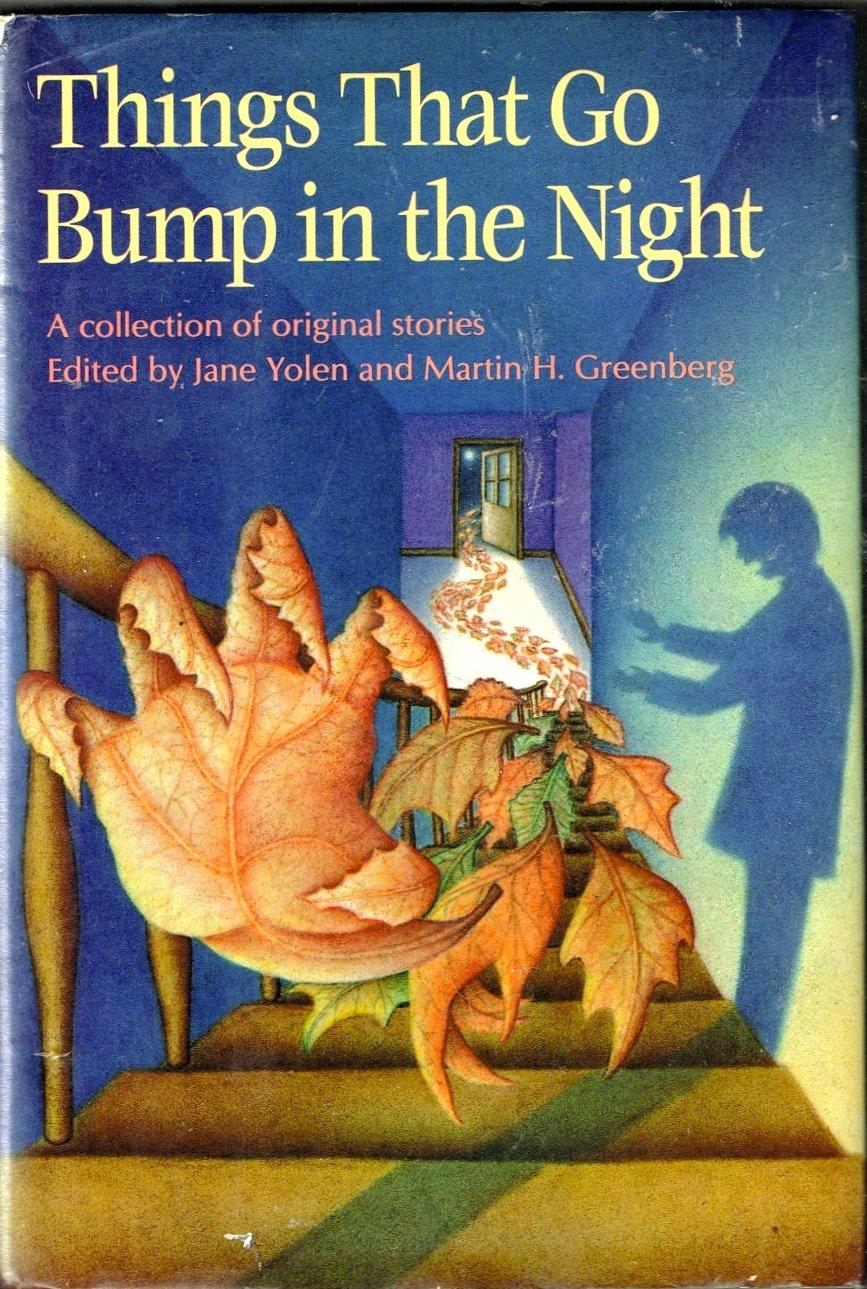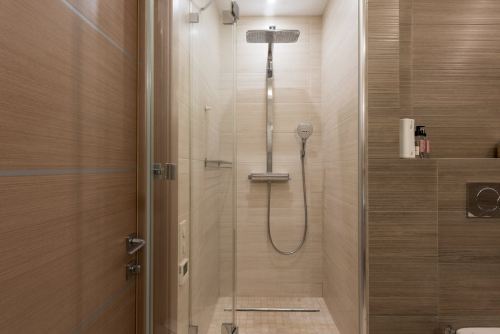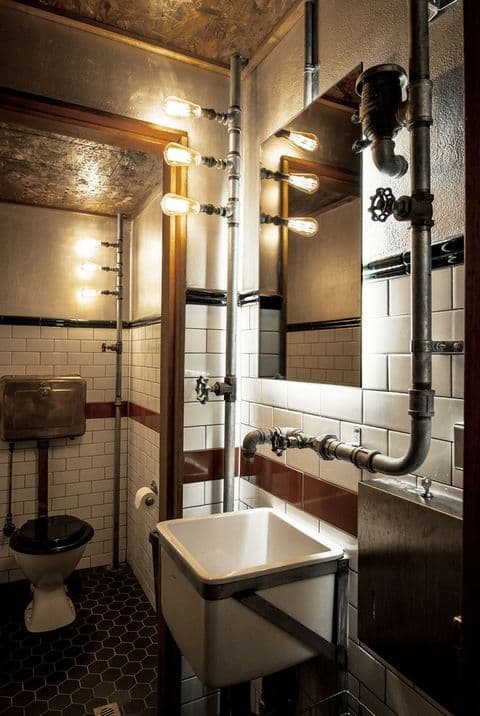Things that go bump in the night
H.P. Lovecraft seldom left the house, lurking reclusively behind closed drapes to pen his tales of the monstrous Cthulhu and other horrors.
Photo byDemocrat-Gazette file photoWhat to do about a bat in and around the house, like this one on the wall? Experts say the best idea is to open a window, let the bat alone, and chances are it will leave when it’s ready.Photo byDemocrat-Gazette file photoA leaky toilet whispers in the night. The likely cause of ghostly trickling sounds: a defective flapper at the bottom of the tank.Photo byDemocrat-Gazette file photoThe water heater is a great convenience, but also a source of eerie popping, thumping and bubbling noises. Most are normal, not paranormal. Take a hot bath, relax.Photo byDemocrat-Gazette file photoNorman Bates (Anthony Perkins) sees something horrifying at the window in Psycho II — possibly that the window panes aren’t properly sealed. Drafty, energy-inefficient windows can make creepy whistling noises.Photo byDemocrat-Gazette file photoAw, rats! The classic rat trap is but one answer to ratty rodents in the house, others including live and glue traps.Photo byDemocrat-Gazette file photoAll it takes is a $5 rubber door stop to prevent a door from opening or closing by itself, no matter if a ghost is pushing on the other side.The gaunt author might have been scared of what he called "the shadow-haunted Outside." But inside was no comfort, either, in the stories he wrote for lurid pulp magazines around 1930, notably Weird Tales.
In "The Rats in the Walls," for one, Lovecraft's protagonist investigates a scurrying sound -- a noise that bothers the cat. He discovers "horror piled on top of horror."
The story points out a dreadful truth about houses. Sometimes, even the coziest dwellings feel creepy. They don't have to be haunted to be full of strange noises and peculiar happenings.
In fact, it might be more assuring to believe in ghosts than to imagine what else goes bump in the night -- like the furnace. And not just bump: creak, clank, hiss, scratch and burble.
"Think of the bills," as horror author Stephen King summed up what makes the haunted house movie, The Amityville Horror, so scary. Evil leaves cracks in the wall and broken windows to fix, and a mess on the floor. "Here," he writes in Danse Macabre, "is a movie for every woman who ever wept over a plugged-up toilet."
Real estate comes with built-in nightmares of costly repairs and sagging property value, even if the property in question is not the foreboding house in Alfred Hitchcock' Psycho. Or Shirley Jackson's haunted Hill House, "not sane"; or Edgar Allan Poe's House of Usher, with its "bleak walls" and "vacant eye-like windows." And what's that plop-plop-plop sound?
But maybe things aren't so bad. In many another haunted-house story, it turns out that a scritchy-screechy noise against the window is nothing but a tree branch in the wind. Plop-plop-plop is merely a drippy faucet.
Here is a Halloween guide to eerie sounds and smells in the house, and what might be causing these spooky disruptions if not a poltergeist:
EEKY-SQUEAKY-SCRATCH!
"It was the rats," the man in Lovecraft's story discovers, "the slithering, scurrying rats."
He goes on to find worse than rats, but rats are bad enough: creepy-scratchy rats and mice crawling in the walls, and -- ee-yew! -- the ghastly smell of expired rodent.
Rats and other jeepers-creepers can sneak into the attic, too -- if not rats, then squirrels, raccoons, birds, even bats up there, flittering and skittering over the ceiling.
"Pests need four things: a way in, food, water, and a place to hide. Eliminate these to keep rodents at bay," according to Stop Pests in Housing, a website of pest-management guidelines from researchers at Cornell University, at stoppests.org.
In case of rats, "seal cracks and use door sweeps to keep them out. Set traps along their paths."
Beneficial, insect-eating bats are the upside-down opposite of rat riddance. The state's 16 species of bats are protected under state and federal law, according to the University of Arkansas Division of Agriculture.
"If a bat enters your home, simply turn off the lights, open a few doors or windows leading to the outside and allow the bat to leave on its own," according to a bulletin from the university's extension service.
Bats in the belfry pose a more difficult challenge. The trick is to seal them out of the attic, not trap the winged interlopers once they're inside.
Some people do like the Addams Family, according to the extension service, and "decide to let a small colony remain in attics or under eaves."
BURBLE--SSSSS!
The whisper of water running for no good reason is one of the drippy-dankest noises a house can make, especially at night when the sound is easiest to hear.
Could it be -- the toilet running over with sheer malevolence,
as in The Amityville Horror? Hope not, but the toilet is a likely culprit anyway: filling, leaking and re-filling over and over because of a faulty flapper.
"Your toilet gets a lot of use, so normal wear-and-tear results in a lot of maintenance," according to repair advice at lowes.com. First thing is to check for a leak.
To do that: Take the lid off the tank. Plip in a few drops of food coloring. Wait about a half hour, then see if the coloring has seeped from the tank into the bowl. If it has, the toilet needs repair -- but maybe nothing more than to clean around the flapper (the typically red or black rubber plunker-part at the bottom of the tank).
Another possibility: The sound is a watering hose left on by mistake, oversoaking the lawn as it runs up a terrifying water bill.
But if the running-water sound continues after the easy sources are ruled out, then it might be -- yeeks! -- a broken water pipe. Shut off the water main, call the exorcist -- correction, plumber.
HISSSSSSSSS!
Does the kitchen have a gas stove? Hissing could be a gas leak, and a gas leak is time to do what people in haunted house movies never do: Get out. Call the gas company.
"Natural gas leaks can be hazardous," according to CenterPoint Energy at centerpointenergy.com. The gas company "immediately dispatches personnel to the site" to "restrict the flow of gas as needed to protect people, property and the environment."
PHEW! BOO!

Besides odd noises, houses sometimes have peculiar smells.
One to be scared of is the rotten-egg or sulphur smell of gas. Natural gas doesn't have an odor by itself, but the gas company adds this repellent stink as a warning. Leave the house, call the gas company.
But lots of other things in and around the house can foul the air: a sink disposal that hasn't been run lately, full of fetid gunk; a dirty fireplace; the dog's new favorite spot to wet the carpet behind the sofa.
Or it just might be -- not pointing any spidery fingers -- that somebody didn't take out the reeking garbage the way they were told.
KNOCK-BANG-CLANK, GROAN-NNN!
This time of year, as the temperature drops into chilly at night, the restless presence responsible for thunking and moaning sounds is likely the heating system.
Newly turned on, the reluctant home heating setup naturally groans as it goes back to work. Also, heat makes things expand, such as wood and ductwork, and these factors add their own snap, crackle and pop to the nocturnal symphony.
Still, the furnace should be "relatively quiet," is the advice at angieslist.com. Radiators commonly bang, but a furnace that emits "loud pops, banging and grinding noises" probably needs repair.
BUBBLE-BUBBLE-BONGO!
Cast a squint eye upon the water heater. A gas- or propane-fueled water heater is likely to make a whump or pop noise when it lights. Gas tank or electric, the water is apt to make witch's cauldron-like bubbling and thumping sounds as it heats.
Beware, though, of a water heater that bangs loudly -- a symptom of mineral deposits in the tank, according to homedepot.com.
A rusted and banging heater that puts out cloudy, smelly water is the spirit of leaks almost certain to come, and Home Depot recommends calling in the professionals. The old tank has to go, for one thing, and it weighs like Frankenstein's monster.
CREAK--KKKKK!
Squeaky doors that open or close by themselves mean the house is haunted for certain, yes? Not necessarily, or as Mary Shelley wrote in Frankenstein: "Falsehood can look so like the truth."
Doors have been working this open-and-close trick since the invention of doors -- about as long as the easiest answer to the problem: the door stop.
A thick book like Frankenstein does nicely to prop the door open. But door stops can be practical, decorative, even artful ways to hide that the door has a mind of its own -- from the commonest rubber wedge ($5), and a chrome-plated kick-down stop ($15), to door weights made to look like cats, pigs and dragons.
House and cabinet doors open and close by themselves for the same basic reason, that something is off-balance. The door frame might be crooked. Or the door isn't hung right. Or the house might have settled a bit, and the door is out of alignment.
Actual repair of the problem calls for carpentry skills and patience. "Unless it's installed correctly, your door can have uneven gaps along the jamb, or it can bind or not even latch," according to The Family Handyman website at familyhandyman.com.
In any case, a squirt of oil should take the squeak out of an eeky hinge.
WHEE-WHEE-WHOOOOO!
Whistling sounds come from many sources. One problem especially common to old haunts is the wind wheezing through inadequately closed or sealed windows, and through the crack under the door.
"One of the quickest energy- and money-saving tasks you can do is caulk, seal and weather strip all cracks and large openings to the outside," according to the U.S. Department of Energy at energy.gov.
The job calls for a caulking gun (about $5) and probably several tubes of white latex window and door caulk at $2 or $3 each. Other options include pricier caulking in different colors and sealant in aerosol cans, as well as weather stripping tape.
The answer to the gap under the door is a door bottom, also called a sweep or sealer -- a do-it-yourself project that extends the length of the door with a flexible rubber strip along the bottom. Screw installation or stick-on, these door fix-it choices vary in cost from $10 to $30.
SIGH-HHH!
Unusual noises call for attention -- the reason that smoke alarms shriek, and burglar alarms whoop, and carbon dioxide detectors wail on nights of broken glass and banshees.
But not every noise the house makes is a bad thing. Familiar sounds are part of feeling at home:
The slight creak in the second stair up to the wooden porch, the one that says home again.
The click of the thermostat, and the whoosh of warm air through the vents on a cold night.
The spritz and huff of the automatic coffeemaker, set to turn itself on; and the chunka-clunk of the ice maker and other appliances that work like household elves at making things in the dark.
And the night-prowling cat -- Lovecraft's favorite answer to the unknown. "Through all this horror," he wrote, "my cat stalked unperturbed."
Whatever happens, whatever scrape or rattle or walla-walla-bing-bang in the night, a person in bed can say with some assurance that, "It's only the cat."
HomeStyle on 10/29/2016



